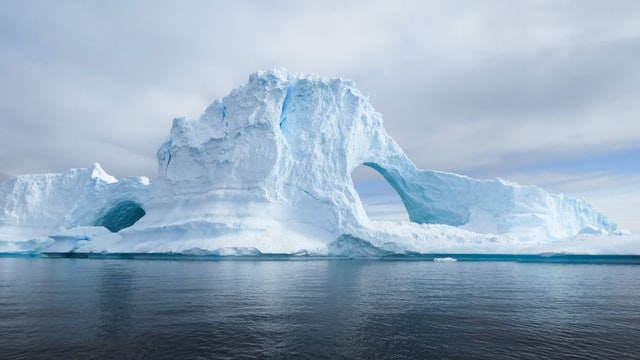Antarctica is the coldest, iciest place on Earth, which makes the recent warming event particularly worrying for many scientists.
Just a month ago, data showed Antarctica would set a record this year for the lowest sea-ice extent, the area of ocean covered by sea ice around the continent.
Warming temperatures are making the collapse of ice shelves more likely.
An ice shelf in Antarctica nearly the size of Los Angeles disintegrated in mid-March within days of extraordinary warmth on the continent, scientists say.
According to scientists, the Conger Ice Shelf was nearly the size of the City of Los Angeles.
When a shelf collapses, there is a rise in the ice that flows from the land into the ocean, which leads to sea level rise— a phenomenon that threatens coastal communities around the world.
Ted Scambos, a glaciologist at the University of Colorado at Boulder and lead scientist at the National Snow and Ice Data Center, stated the ice shelf’s collapse was probably the fruit of the document low sea ice circumstances and the wave motion hitting the shelf throughout the current heat interval, which was spurred by a robust wind from the hotter north.

The March heatwave, with temperatures reaching 40C (70F) above normal in parts of East Antarctica, was tied to the atmospheric river phenomenon, said Peter Neff, a glaciologist at the University of Minnesota.
This process creates columns hundreds of kilometers long that carry water vapor from the tropics, creating an effect Neff described as “a fire hose of moisture”.
The ice shelf, about 460 square miles wide (1200 square kilometers) holding in the Conger and Glanzer glaciers from the warmer water, collapsed between March 14 and 16, said ice scientist Catherine Walker of the Woods Hole Oceanographic Institute. She said scientists have never seen this happen in this part of the continent, making it worrisome.
“The Glanzer Conger ice shelf presumably had been there for thousands of years and it’s never going to be there again,” said University of Minnesota ice scientist Peter Neff.
The issue isn’t the amount of ice lost in this collapse, Neff and Walker said. That is negligible. It’s more about where it happened.
Neff said he worries that previous assumptions about East Antarctica’s stability may not be correct. And that’s important because if the water froze in East Antarctica melted — and that’s a millennia-long process, if not longer — it would raise seas across the globe over 160 feet (50 meters). It’s over five times the ice in the more vulnerable West Antarctic Ice Sheet, where scientists have concentrated much of their research.
